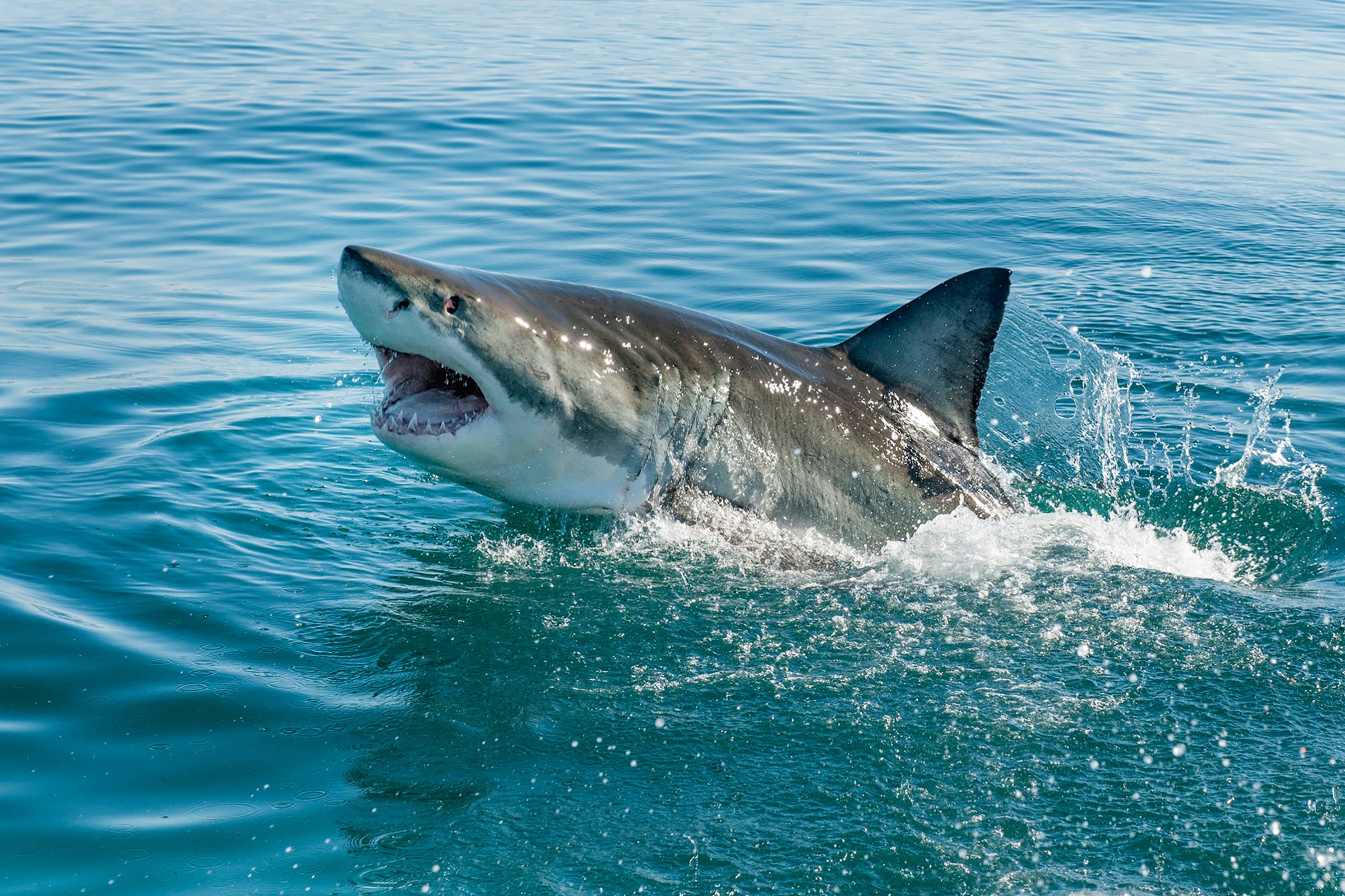
It was around noon when the shark struck. Arthur Medici, a 26-year-old from Brazil, was attacked on Sept. 16 while boogie-boarding just off Cape Cod’s Newcomb Hollow Beach. Although a friend dragged him from the water, he soon succumbed to his injuries in the first fatal shark attack in Massachusetts since 1936. Coming just weeks after a 61-year-old was hospitalized following a bite a few miles up the beach, the death unnerved a region unaccustomed to the presence of these storied predators.
The first American shark panic began in the hot summer of 1916, when a spate of attacks off the Jersey Shore killed four in two weeks. This was thought to be the work of a single great white shark–a species indigenous to the Atlantic coast and the same likely involved in recent attacks. In an era when little was known about beasts from the deep, the deaths were big news. One paper warned that, facing a scarcity of fish, the shark had “probably acquired a taste for human flesh.”
But 1916 did not herald a new era of human-hunting sharks. The rate of attacks in the U.S. stayed relatively stable, at two or three per year, for decades. From the 1950s on, that number rose in tandem with human population growth, and its attendant increase of people in the water.
Globally, both numbers have been climbing faster since the late 1980s and into the 21st century, but such encounters with sharks are still remarkably uncommon given that the human population is some 7.5 billion. In 2017, 53 of the world’s 88 confirmed unprovoked attacks took place on U.S. coastlines, with 31 in Florida–but even there, you’re far less likely to be killed by a shark than by lightning. Thanks to beach safety and hospital access, only five of last year’s global attacks were fatal.
We now know the Jersey Shore shark, which helped inspire the fictional fish in Jaws, was probably just confused after straying from its home in deeper waters. “If sharks were actively hunting people, we’d see far more attacks,” Gavin Naylor, director at the Florida Museum’s Program for Shark Research, tells TIME. “When sharks attack humans, it’s always a case of mistaken identity.”
Instead, great whites are usually looking for seals, which helps explain the Cape Cod attacks. The East Coast is feeling the effects of the 1972 Marine Mammal Protection Act, which has boosted the numbers of seals to unusually high levels. As the seals venture closer to shore, so do the sharks, says Naylor.
Statistically, sharks have far more to fear from us than we do from them–fisheries wipe out an estimated 100 million each year, and climate change and other human activity have threatened shark habitats, sending their global population into decline. But that doesn’t make it any less harrowing when the beasts bite back.
More Must-Reads from TIME
- Donald Trump Is TIME's 2024 Person of the Year
- Why We Chose Trump as Person of the Year
- Is Intermittent Fasting Good or Bad for You?
- The 100 Must-Read Books of 2024
- The 20 Best Christmas TV Episodes
- Column: If Optimism Feels Ridiculous Now, Try Hope
- The Future of Climate Action Is Trade Policy
- Merle Bombardieri Is Helping People Make the Baby Decision
Write to Ciara Nugent at ciara.nugent@time.com